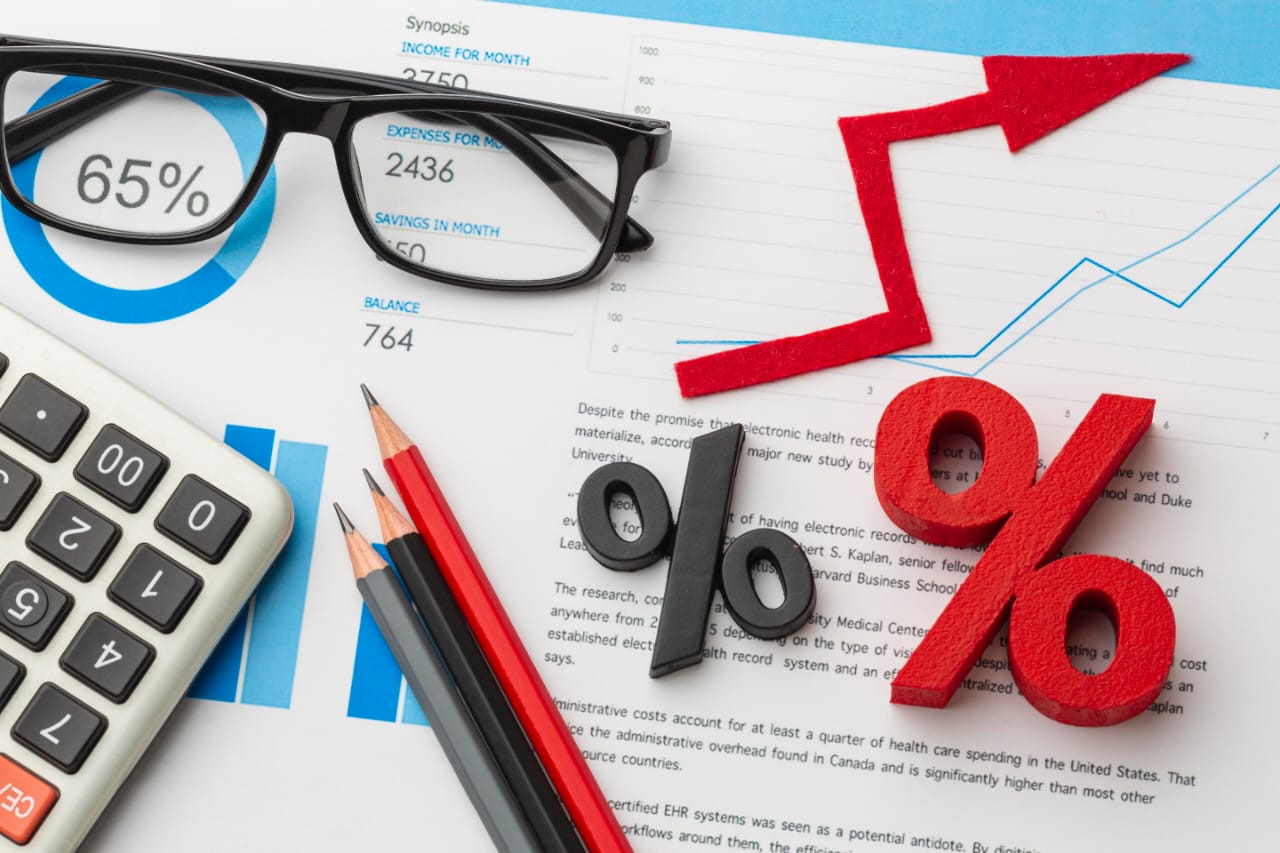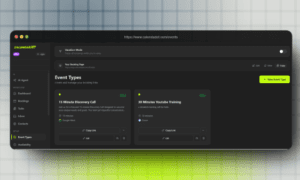In the current economy where every decision depends on pricing and productivity and every decision hinges on data, it is critical for businesses to understand the value of data. But as we have seen, the value is not merely in the data, but in how a company interprets it.
While decision makers have to deal with complicated analytical tools and dashboards, it is perplexing that one of the most efficient means of getting a quick grip on performance and forecasting future performance is the percentage.
Percentages have the usefulness in data interpretation that no other analytical tool can give. They are the basis for customer satisfaction, the analysis of profit margins, and the conversion of raw data to usable information. Ease of online analytical tools means that even small firms can analyze, process and interpret data quickly. For most businesses therefore, a Percentage calculator is not merely a time saver, it is proof against costly and time consuming errors.
The Use of Percentages in Business Analytics
The simplification of complex data is one of the many uses of a percentage. This is predominantly done by communicating large numbers with more manageable and universally accepted figures. Organizations can utilize percentages to perform vertical and horizontal comparisons, determine the success of a process, and analyze trends over periods of time. Consider when a retailer announces a growth of fifteen percent from the prior quarter. A clear statement helps the stakeholders recognize growth more concretely.
This is especially important when looking at conversion rates, market shares, or customer satisfaction. Percentages come in handy more than other formats when doing time-series, cross-sectional, or variable comparisons because they condense the information. Organizations that understand basic calculations are able to recognize patterns, evaluate causes, and make changes in functions.
Use of a Percent Calculator in Organizational Decisions
For extensive datasets, estimating and calculating percentages can take a considerable amount of time, which can result in delays in analyzing that data. This is where a percentage calculator comes in. Having a useful percentage calculator, a business can quickly analyze percentages from provided sales data, expenses, growth, and productivity.
An example would be a business trying to figure out the growth in revenue compared to the previous year. A percentage calculator will provide the results instantly and accurately, which prevents any potential manual calculations. Having access to accurate calculations also means that data-driven approaches are more reliable. In addition, a lot of modern online applications include percentage functions, which streamline the process of evaluating various business metrics.
Every company takes a big risk when some margins are miscalculated. Using a percentage calculator optimizes time and provides accuracy.
Using Percentages in Financial Performance
One of the major aspects of any business analytics is the application of percentages. Businesses perform percent calculations in an array of analytics like profit margins, return on investments, and cost-to-revenue ratio analysis. For instance, a profit margin of 25% (profit of 25 cents) on dollar sales is important information in making sales decisions.
Proficient percentage execution in finance results in more strategic and analytical decisions in a business’s pricing, budgeting, and forecasting. For instance, a 10% increase in production costs is useful to make a strategic decision to increase price, cost reduction negotiations, and operational streamlining. Percentages simplify the analytics and make visibility.
Lastly, when it comes to financial statements, no other mathematical concept helps more than percentages. They synthesize complex accounting information and provide insight to a financial decision maker in real time.
Employing Percentages to Gauge Marketing Campaigns and Understand Clients
Different marketing metrics can separate customer engagement from marketing campaign success. Retention and open rates are examples of metrics that assess success and identify areas needing improvement.
For example, a marketing campaign that achieves a 5% conversion rate means that 5 out of every 100 visitors to the site probably become customers, which is a good conversion. Teams consider that information valuable when focusing, adjusting, and even planning goals, strategies, and spending.
The same goes for the performance of paid social ads and the balance of resource allocation; they use conversion rates to assess scores and adjust balances in real time.
The marketing team campaigns, and improved results come from trend analysis and a results-driven decision. The more precise the data points from the campaign, the more decisive the team can be.
Using Percentages of Employee and Productivity Analysis
Metrics also help increase productivity and performance of the organization with the weight of time. The HR team analyzes the percentage of employees hitting their performance goals per given time frame and the percentage of goals achieved on time and on target.
When managers know How to calculate percentage correctly, it becomes more intuitive for them to set and adjust attainable, motivational, and efficiency-amplifying goals for their department. After all, there is concern when only 70% of employees’ goals are fulfilled. Even there it would be desirable to further develop the skills and reach of managers so that they become more catalytic and do not settle for average performance goals. By approaching vague performance evaluations with percentages, managers simplify the metrics of performance, thus allowing them to develop detailed plans for improvement.
Tracking percentages of employee satisfaction and retention is another way organizations use percentages. Knowing how these numbers fluctuate is important to help an organization design policies that foster positive workplace cultures and help decrease turnover.
Using Percentages for Estimates and Strategic Planning
Planning for future growth is another business activity that requires the use of percentages. Businesses, for instance, use percentage of growth to forecast their revenue, plan for market growth, and analyze their investment opportunities. By calculating growth on a monthly or yearly basis, the business can see growth trends and thus develop plans.
Modern business employs a percentage calculator to save time on these forms of analyses to counter the possibility of human error. Having precise percentages is what allows a business to make rational growth plans and avoid the trap of basing their plans on an estimated growth. This is especially important when dealing with growth of sales or decrease in costs.
Final Thoughts
Every successful business understands the importance of calculating and interpreting simple percentages. Percentages are a calculator’s multi-fold tool that streamlines complex data, spots trends, and helps convince stakeholders to make a decision.
Not only finance or marketing, but all departments, including human resources and strategic business planning, rely on calculating business percentages with accuracy to make sound decisions.
Additionally, the percentage calculator helps businesses quickly and accurately convert raw data into value-adding information. Organizations that value and understand the importance of calculating business percentages do better with planning, performance evaluations, and forecasting, all of which help in maintaining their competitive edge.
In business, particularly those that rely on data readily, percentages are fundamental. They convert data into actionable stories and help in complete decision-making, thus earning the business their most vital tool.





























